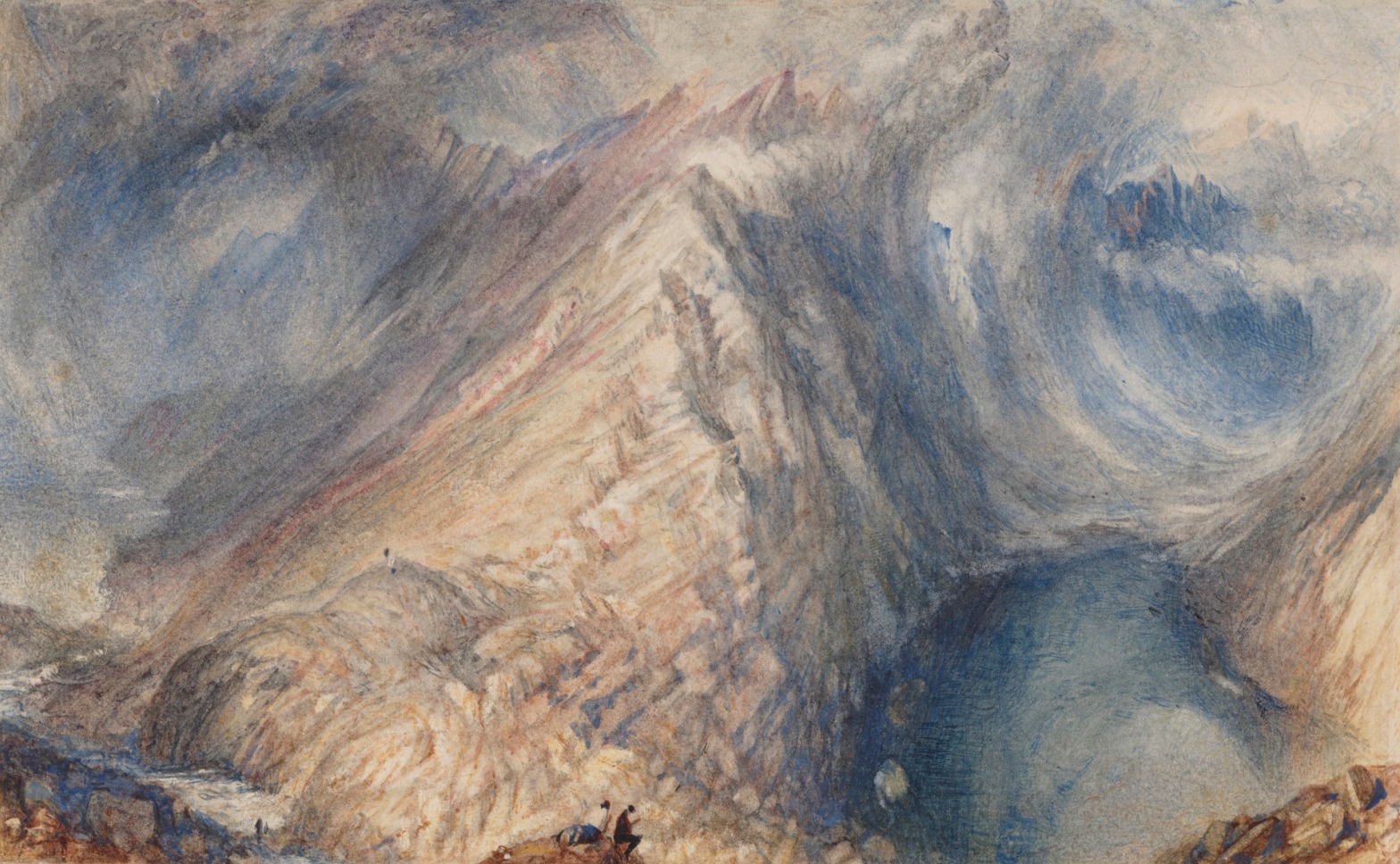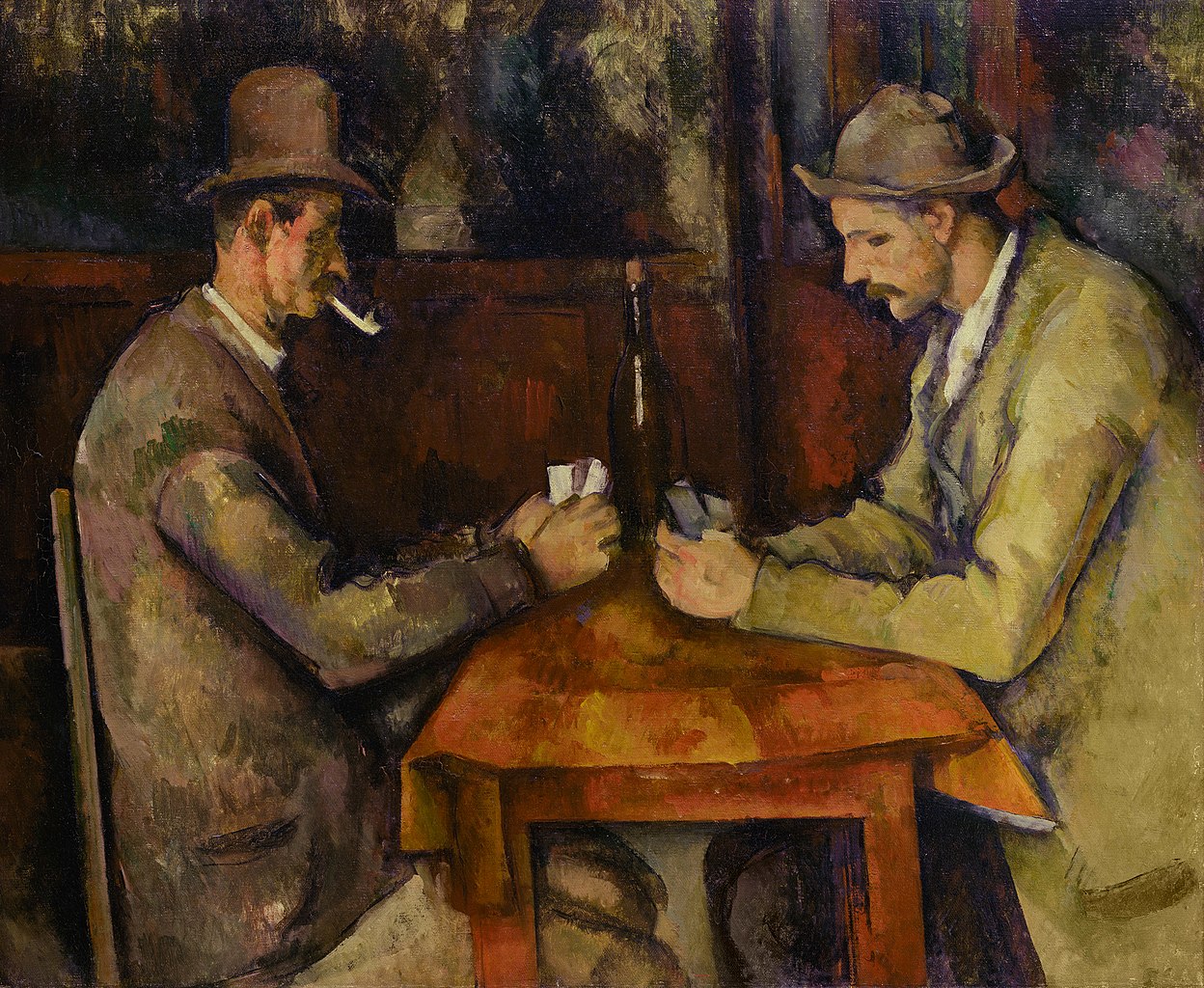J.M.W Turner and the Vaughan Bequest
Henry Vaughan was a prominent and philanthropic Victorian art collector, having inherited a substantial fortune from his father, a wealthy hat maker. His encounter with JMW Turner in the 1840s spurred his passion for the artist’s drawings and watercolors, resulting in an extensive collection that spanned Turner’s entire career. Influenced by John Ruskin’s advocacy for public art bequests, Vaughan generously donated pieces to various museums and galleries throughout Britain, including the National Galleries of Scotland.

Henry Vaughan made a significant contribution to Scotland’s National Collection in 1900. His donation of 38 watercolours by J.M.W. Turner was accompanied by a stipulation that they be exhibited to the public free of charge during the month of January each year. This careful curation has played a crucial role in preserving the spectacular colour and vibrancy of these works, ensuring their lasting impact for generations to come.
One significant aspect of Vaughan’s legacy was his awareness of the need to preserve watercolours, which are prone to fading if overexposed to light. That is why he specified that the watercolours should be “exhibited to the public all at one time free of charge during the month of January,” while at all other times they were to be stored in a dedicated cabinet in the Print Room.
Senior Paper Conservator James Berry demonstrates the detrimental effects of light on watercolors – Preserving Watercolors
The Early Life of Henry Vaughan
Henry Vaughan, born on 17 April 1809 in Southwark, London, was brought up in a Quaker household alongside his elder brother George and sister Mary. Their father, George Vaughan, was a prosperous hat manufacturer. Henry received his education at a school in Higham Hill, Walthamstow, under the guidance of Eliezer Cogan. Notably, one of his fellow pupils at the school was none other than Benjamin Disraeli.
Tragedy struck in 1828 with the passing of Henry’s father, leaving him a considerable inheritance. Despite leading a seemingly self-indulgent life, Henry later established himself as an exemplary art collector and a remarkably generous philanthropist, leaving a lasting legacy in the world of art and culture.

Art Collectors & Benefactors
Art collectors and benefactors play a pivotal role in promoting art by providing crucial support for artists, preserving artistic legacies, and fostering public access to art. Their contributions help to sustain and elevate the cultural landscape by safeguarding the works of artists, ensuring their preservation for future generations. By acquiring and maintaining art collections, they prevent the loss of significant cultural treasures and encourage innovation within the art world. Their financial support of artists encourage innovation within the art world, fostering creativity and cultural experiences for future generations.
Through purchases and patronage, art collectors provide financial stability for artists, enabling them to continue creating and contributing to the art world. They facilitate public access to art by often donating or loaning their collections to museums, galleries, and cultural institutions. This allows a wider audience to appreciate and engage with diverse works of art. They encourage innovation within the art world, fostering creativity and cultural experiences for future generations.









You must be logged in to post a comment.